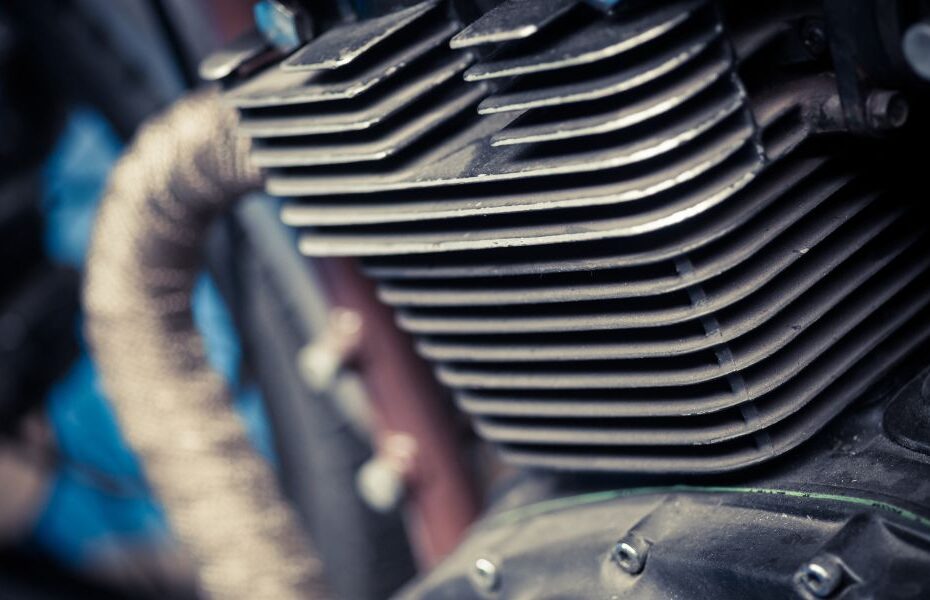Volkswagen air-cooled engines are known for their unique design and reliability. Various Volkswagen models used this engine type until 2006. They may seem complex at first glance, but understanding how they work is quite simple.
The Basics of Air-Cooling
Before we dive into the specifics of Volkswagen’s air-cooled engines, it’s important to understand the basic concept of air-cooling. Unlike traditional engines, which regulate temperature using radiators and coolants, air-cooled engines depend on moving air to disperse heat. Engine block and cylinder heads dissipate the heat through the use of fins, which increase the surface area and allow for more efficient heat transfer.
The Cylinder Layout
Volkswagen air-cooled engines have a horizontally opposed layout, also known as a “boxer” or “flat” engine. This layout means the cylinders sit in two rows, each facing directly opposite its counterpart on the other side. This design allows for a lower center of gravity and provides better balance and smoother operation.
The Cooling System
As mentioned before, the cooling system in Volkswagen air-cooled engines relies on moving air to dissipate heat. A series of ducts and channels achieve this by directing airflow over the fins on the engine block and cylinder heads. Some models also have an external fan that helps increase airflow when the vehicle is stationary.
The Ignition System
The ignition system in Volkswagen air-cooled engines is also unique. Instead of a traditional distributor and spark plugs, these engines use a single coil and two sets of points (one for each cylinder bank). This setup provides more accurate timing and allows for easier maintenance.
Fuel Delivery
Most Volkswagen air-cooled engines use a carburetor to mix fuel and air before it enters the cylinders. However, some later models utilize electronic fuel injection to control the fuel-air mixture precisely. Regardless of the method, the result is the same: an explosive mixture that powers the engine.
The Advantages of Air-Cooled Engines
Now that we’ve covered how Volkswagen air-cooled engines work, let’s explore some of their advantages. One major benefit is their simplicity. With fewer moving parts and no complex coolant system, these engines are easier to maintain and repair. They also tend to be more reliable and have a longer lifespan compared to liquid-cooled engines.
Additionally, in colder climates, air-cooled engines have the advantage of not needing to warm up before driving. This quick warm-up is because the fins on the engine block and cylinder heads help to retain heat, allowing for speedier start-up times.
Volkswagen air-cooled engines may initially seem intimidating, but they are simple and reliable. Their unique design and cooling system makes them stand out from traditional engines, and their advantages make them a popular choice among Volkswagen enthusiasts. These engines can provide many years of reliable service with proper maintenance and care.
If you need parts for your VW air-cooled engine, you can depend on M&T Manufacturing. We offer parts for various VWs, including VW Bus parts. Take time to search through our selection today.
